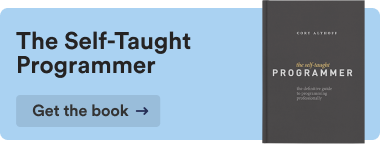The Most Important Women in Programming History
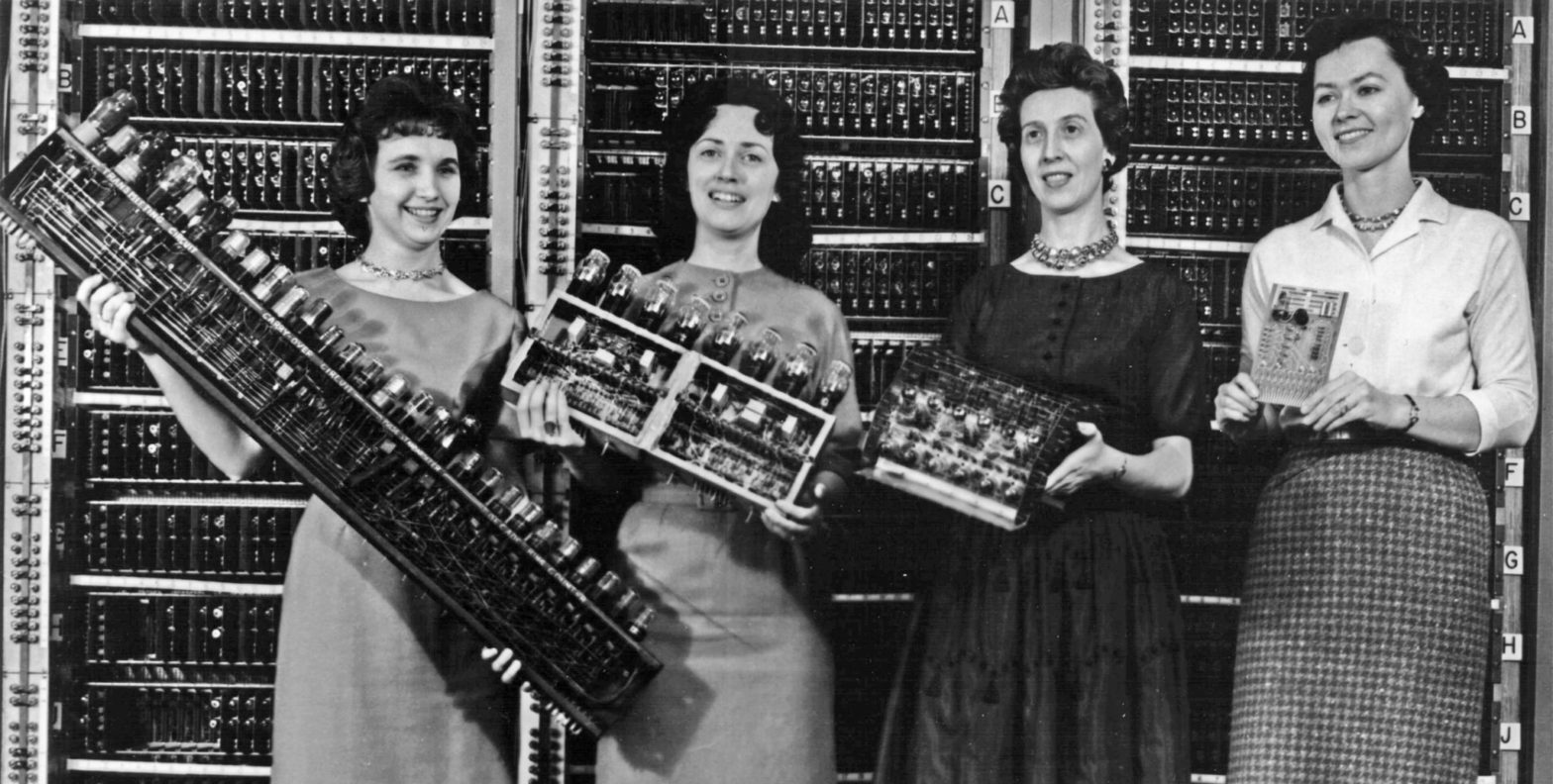
In recent history, men have dominated the field of programming. But the world’s first computer programmer was a woman who lived a century before the invention of computers.
Women programmers have played an essential role in the history of programming. As pioneers in software engineering, computer programming, and game design, women helped define the tech industry.
For most of the 20th century, women weren’t expected to work in technical fields. Judy Clapp, a programmer who worked on early vacuum tube computers in the 1940s, explained the world women programmers faced. “It all had to do with expectations. At that time, working women were expected to be nurses or schoolteachers. Thus, to be given the chance to work in a technical field was a great opportunity. However, upon closer inspection, almost all the leaders and managers were men.”
In spite of the challenges facing women programmers, these women were pioneers in their fields. Today we recognize them as the most important women in programming history.
Ada Lovelace

Often called the world’s first computer programmer, Ada Lovelace was born in 1815. As a teenager, she met mathematician Charles Babbage. Babbage created the Difference Engine, an automatic calculating machine. He also invented the Analytical Engine, the world’s first programmable computing device.
A math prodigy, Lovelace identified the potential for Babbage’s machines to revolutionize science and mathematics. In 1843, Lovelace published a table of operations to solve mathematical problems with the Analytical Engine.
In her writing on the Analytical Engine, Lovelace described the role of a programmer. “The Analytical Engine has no pretensions whatever to originate anything,” Lovelace wrote. “It can do whatever we know how to order it to perform.”
Lovelace also created the concept of a “loop” and “subroutine” for programming, nearly a century before electronic computing machines.
As a young girl, Lovelace’s tutors declared that if she’d been born a man, Ada would have the “potential to become an original mathematical investigator, perhaps of first-rate eminence.” Despite the challenges she faced, she ended up surpassing most mathematicians of the 19th century. Today, we recognize Lovelace as one of the most important women in programming history.
The ENIAC Programmers

During World War II, six women programmers ran the first fully electronic programmable computer. The ENIAC computer was a critical military project for the war effort. The Army relied on ENIAC to calculate ballistics tables and rocket trajectories.
The machine required complex computer programming on the spot. Since the ENIAC was created before programming languages, women had to program the machine using 6,000 switches and cables manually.
One of the ENIAC programmers, Kathleen McNulty, said, “The girls were told that only men could get professional ratings. The time came later in World War II when no more men were available, and women were pushed into supervisory positions. Finally, in November 1946, many of the women received professional ratings.”
McNulty, Jean Jennings, Frances Snyder, Marlyn Wescoff, Frances Bilas, and Ruth Lichterman programmed the ENIAC. Although the women programmers received little credit at the time, today they are known as the six great women on ENIAC.
Margaret Hamilton

Software engineers can thank Margaret Hamilton for naming their field. According to NASA, Hamilton was the first to use the term “software engineering.” When she worked as a programmer at MIT in the 1960s, Hamilton helped define the field. Hamilton said, “When I first got into [programming], nobody knew what it was that we were doing. It was like the Wild West.”
In the 1960s, Hamilton worked as a software developer on the Apollo 11 mission. She designed the guidance software used to land the first humans on the moon successfully.
At the time, Hamilton felt the weight of her responsibilities. She hunted down every potential coding error. “I was always imagining headlines in the newspapers, and they would point back to how it happened, and it would point back to me,” Hamilton remembered.
Thanks to Hamilton’s extensive testing, the astronauts landed safely and completed their mission. Hamilton’s guidance software became the basis for Skylab, the space shuttle, and fly-by-wire aircraft systems.
Grace Hopper
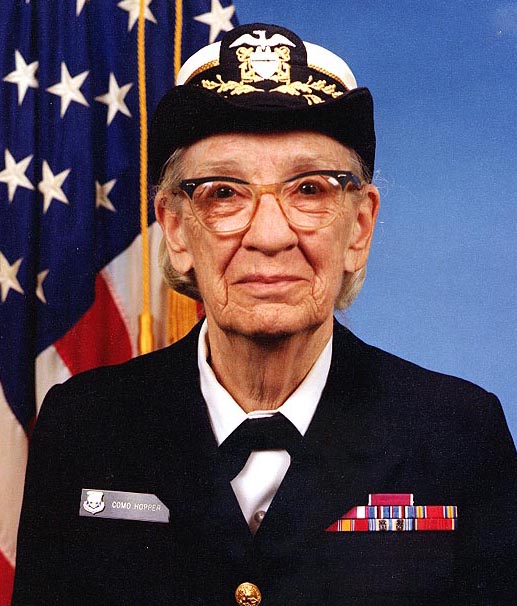
During World War II, Grace Hopper tried to enlist in the U.S. Navy. At the time, Hopper was a professor at Vassar. The Navy rejected Hopper for her not meeting their age and weight requirements. Undeterred, Hopper joined the Navy Reserves, where she worked on the Mark I computer programming project at Harvard.
After the war, Hopper decided not to return to her job as a mathematics professor. Instead, she worked on major computer projects like UNIVAC I. She also created the first compiler, a tool to translate English language instructions into machine code. Hopper’s work inspired COBOL and several key advances in computer programming.
Hopper also helped develop the language for computer programming. When Hopper found a moth stuck in a Mark II computer, she coined the phrase “computer bug.” The moth now rests in the Smithsonian’s National Museum of American History.
“Humans are allergic to change,” Hopper said. “They love to say, ‘We’ve always done it this way.’ I try to fight that. That’s why I have a clock on my wall that runs counter-clockwise.”
Katherine Johnson

One of the first black women to work at NASA, Katherine Johnson, was born in West Virginia in 1918. After skipping several grades, Johnson earned a bachelor’s degree in mathematics as a teenager.
In the early 1950s, Johnson took a job as a research mathematician at NASA. She worked with a group of women Katherine described as “computers who wore skirts.” Johnson and her colleagues carried out complex calculations. One day, Katherine was temporarily assigned as a calculator for an all-male flight research team. Her analytical geometry skills were so impressive that “they forgot to return me to the pool.”
Johnson worked for NASA for the next 35 years. She played a central role in calculating trajectories and launch windows for the first manned space flights. By the end of her career, Johnson had contributed to the space shuttle program. She also helped develop plans for a mission to Mars.
“Luck is a combination of preparation and opportunity,” Johnson said. “If you’re prepared and the opportunity comes up, it’s your good fortune to have been in the right place at the right time and to have been prepared for the job.” The 2016 movie Hidden Figures was based on Johnson’s life.
Carol Shaw
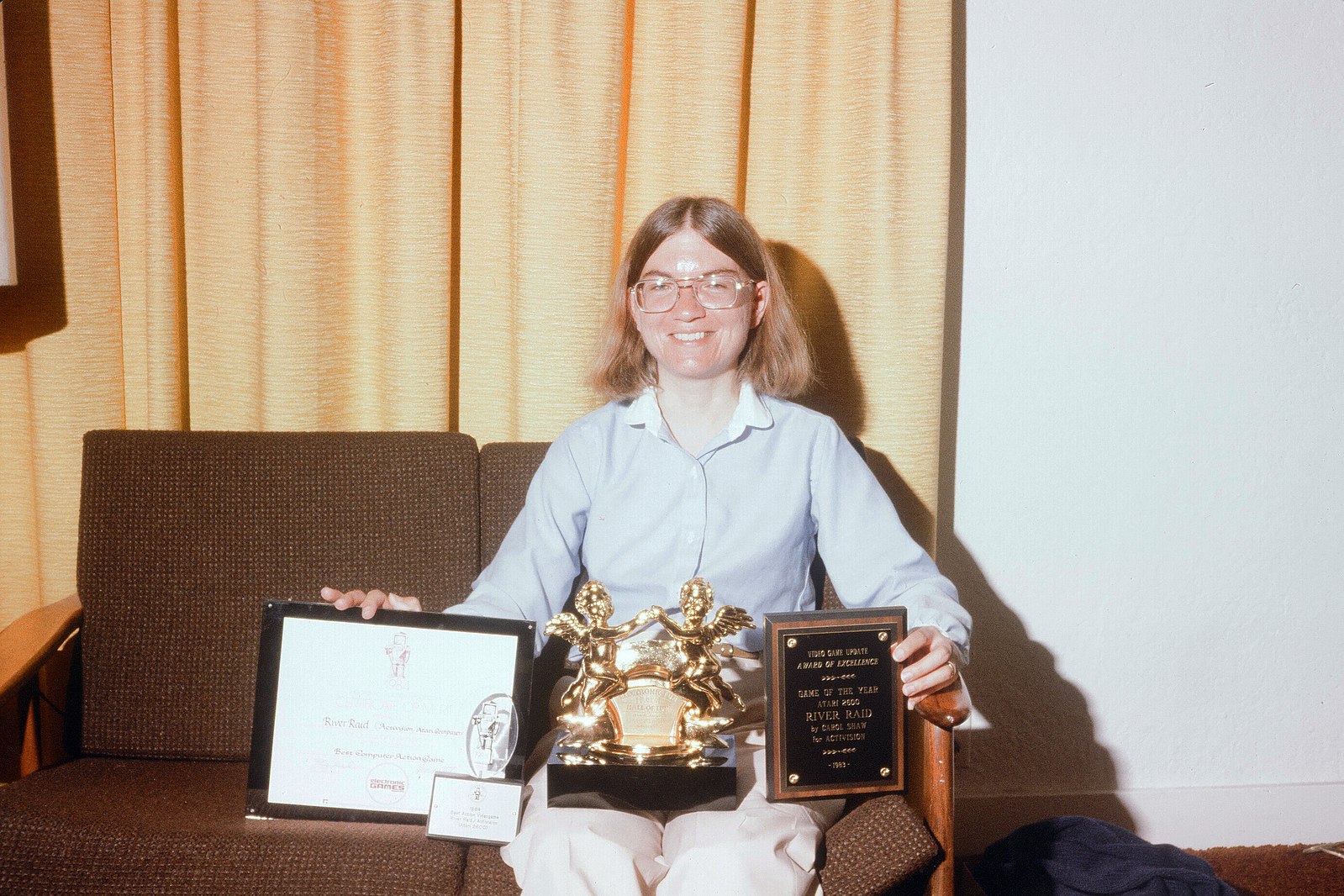
A pioneer in game design, Carol Shaw took a job at Atari in the late 1970s after earning a master’s degree in computer science from Berkeley. At Atari, Activision, and Tandem Computers, Shaw worked as one of the first women video game designers. She created popular games like River Raid, Polo, and 3-D Tic-Tac-Toe.
When Ray Kassar, President of Atari, toured the offices, he pointed to Shaw and said, “Oh, at last! We have a female game designer. She can do cosmetics color matching and interior decorating cartridges!” Shaw, who had no interest in either area, simply continued designing games. River Raid, which was released in 1982, sold over a million copies.
Evelyn Boyd Granville
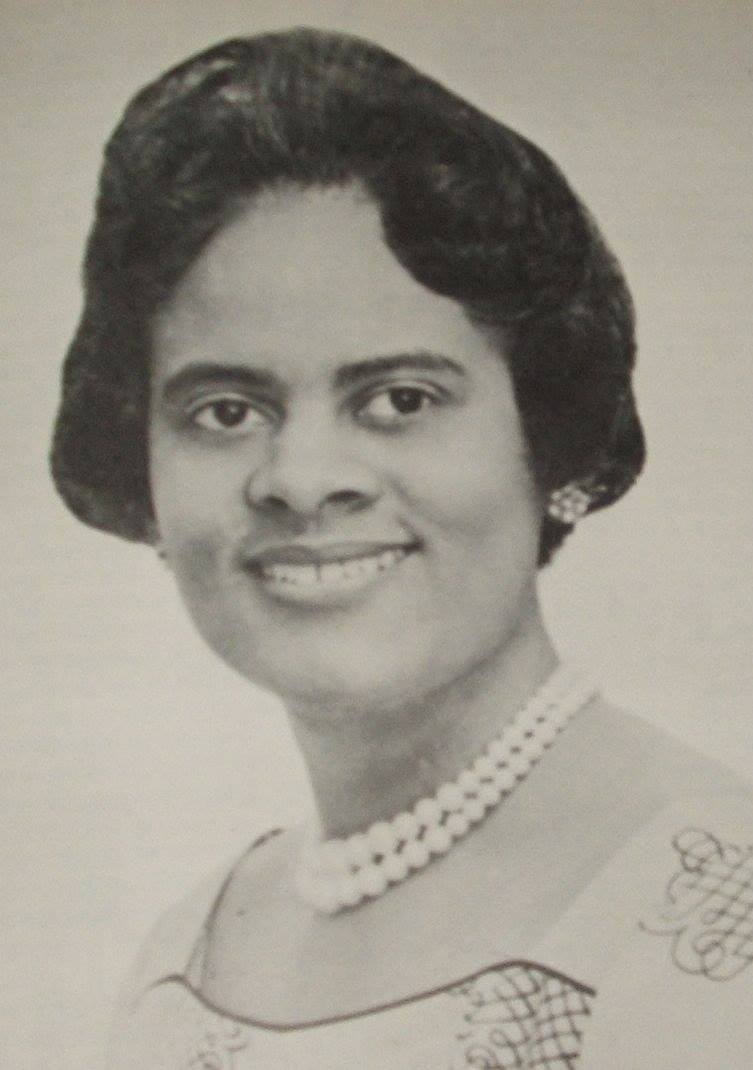
Evelyn Boyd Granville played an important role in space exploration. She was also the second black woman to earn a Ph.D. in mathematics in the U.S. After completing her Ph.D. at Yale University in 1949, Granville worked as a programmer at IBM and contributed to the U.S. space mission. She helped the U.S. win the space race by studying rocket trajectories and developing methods of orbit computation. Granville also worked on real-time calculations for satellite launches.
Granville faced down Jim Crow laws and segregation to succeed as a programmer. “I was aware that segregation placed many limitations on Negros,” Granville wrote. “We accepted education as the means to rise above the limitations that a prejudiced society endeavored to place upon us.”
Sister Mary Kenneth Keller
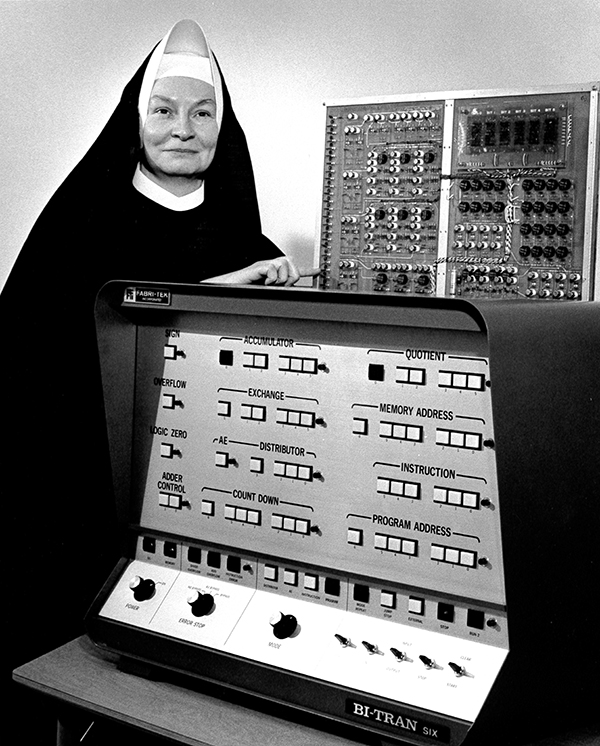
Born in 1913, Mary Kenneth Keller was the first woman with a Ph.D. in computer science. Keller earned a bachelor’s and a master’s degree in mathematics at DePaul University. She also earned a Ph.D. at the University of Wisconsin.
As a doctoral student in the 1960s, Keller helped develop a critical computing language: BASIC. Without Keller’s contribution, Bill Gates and Paul Allen might not have founded Microsoft, which created the first microcomputer version of BASIC and revolutionized home computing.
After completing her degree, Keller founded the Computer Science Department at Clarke College. Keller promoted women in computer science, saying, “We’re having an information explosion, among others, and it’s certainly obvious that information is of no use unless it’s available.”
The Legacy of Pioneering Women in Programming
Thanks to the pioneering work of women in programming, today, over 20% of all computer programmers are women.
The tech industry offers a growing number of opportunities for women programmers. For example, the Bureau of Labor Statistics projects 284,000 new software developer jobs in the next decade.
In tech and other industries, self-taught programmers can get a programming job without a computer science degree. Today, self-taught women programmers are following in the footsteps of these important women in programming history.





